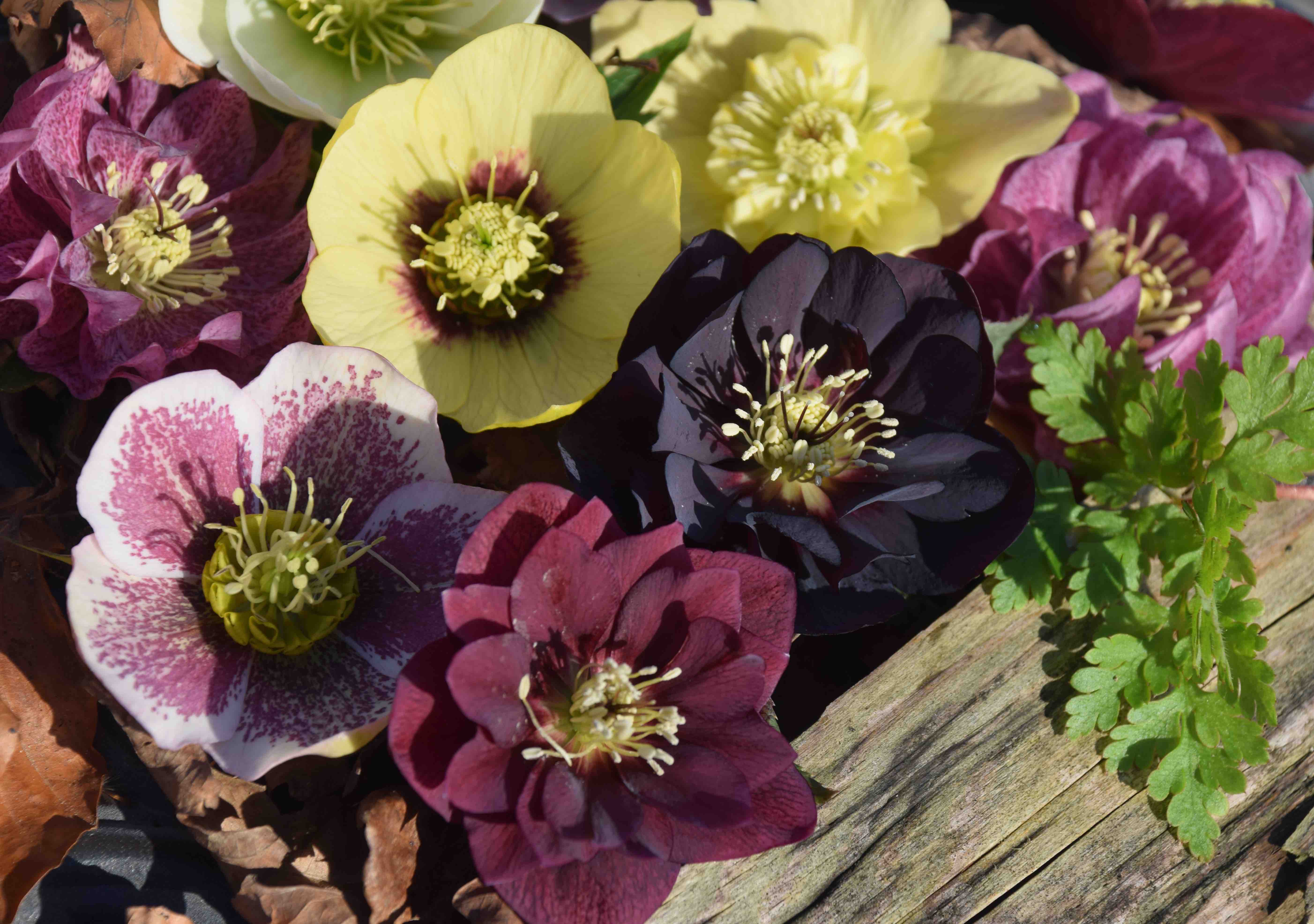
I mentioned, last week, about plant fashions changing and how ornamental onions are more popular now than ever before. Hellebores are another plant that is deservedly popular now. When I was living in Oxted and planted some hellebores in the garden I was something of a trendsetter – or would have been if anyone knew! My interest in them was inspired by working with them at Kew but initially sparked by finding one of the few native UK species growing wild under beech and yew, in deep shade, on the North Downs above Oxted.
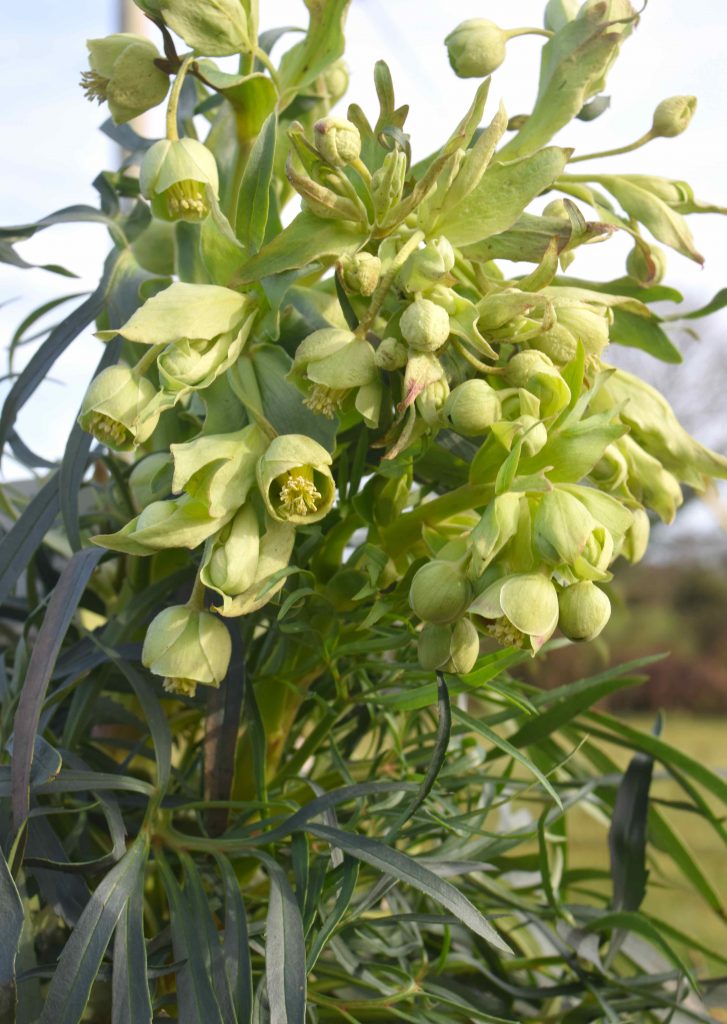
Hellebores are best known for producing flowers in winter and in spring. They are native of Europe, including south Europe, into Asia. Most are hardy and all the common kinds for sale in garden centres will be hardy. All are evergreen although we usually cut off the old leaves from stemless kinds to better show off the flowers. Some kinds have stems that can reach 90cm high and when these stems have bloomed, they die down (or we cut them off) but new shoots appear from the base. The native Helleborus foetidus has this growth habit. But most are stemless and make low, ground-covering clumps and bloom at about 30cm high.
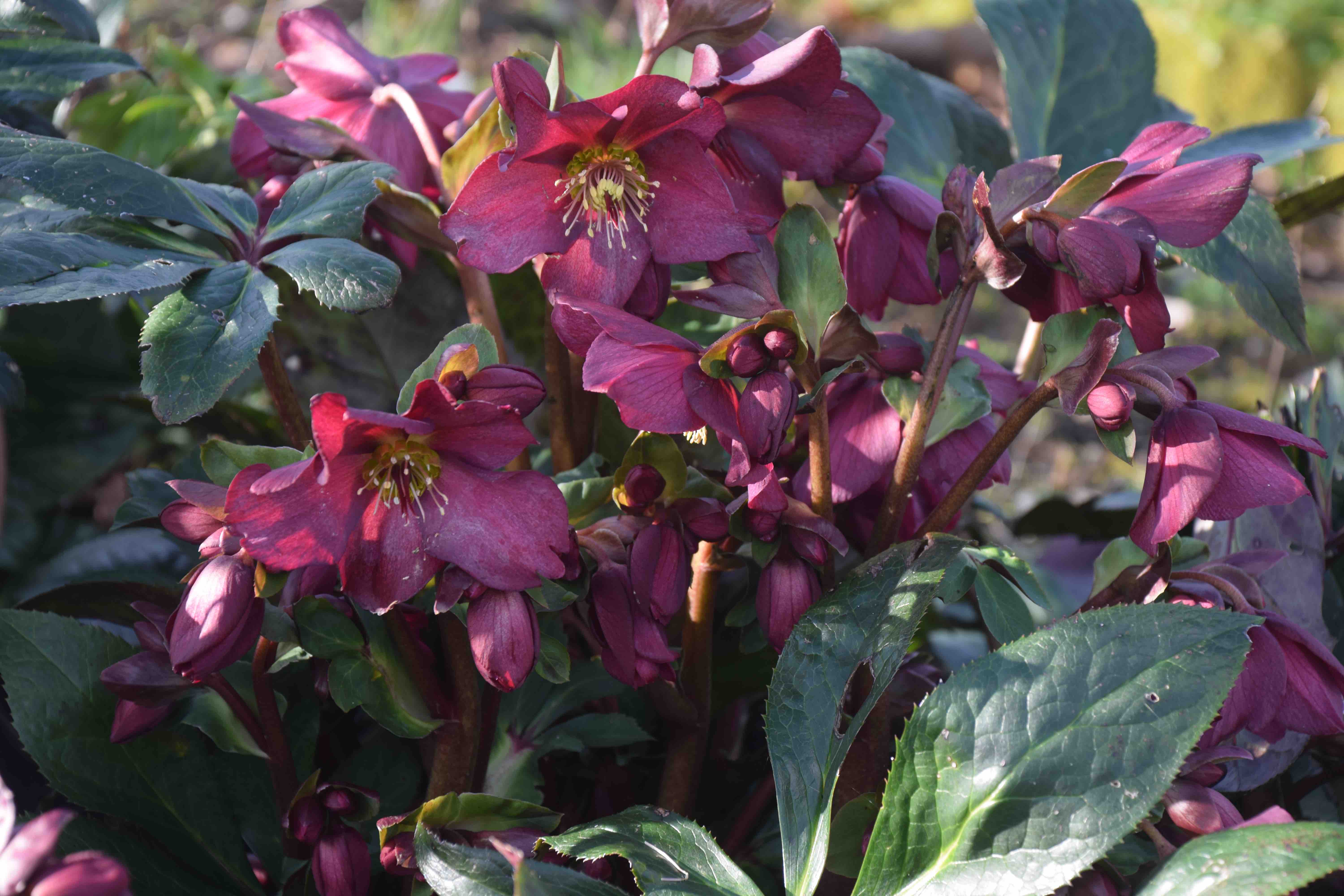
Plant breeders have been busy in the past decade to hybridise the various kinds and hellebores are no longer simple! The old lenten rose (Helleborus x hybridus) usually flower from March to April and the Christmas rose (H. niger) used to bloom in January, sometimes blooming early enough to merit its name. But now you can buy Christmas roses that will bloom as early as November and there will be plenty for sale next weekend when I am visiting Nag’s Hall to answer your garden questions. More details here.
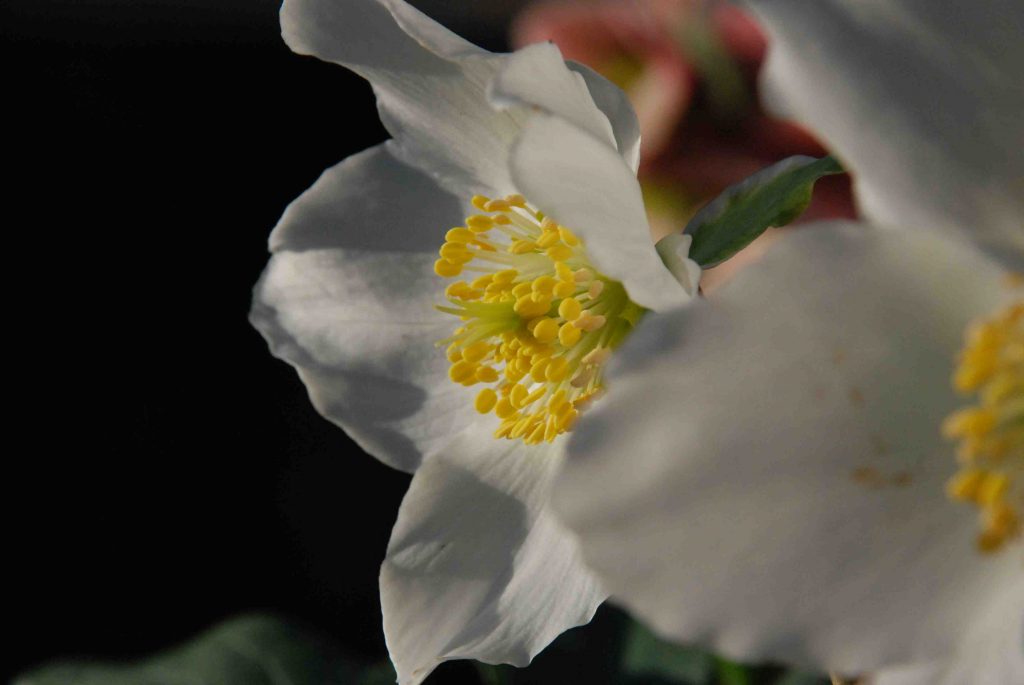
Lenten roses now seem to bloom earlier too. I have plants in the garden that are either in bud or in full bloom. Any colour is welcome so late in autumn and I am not complaining. The colour range has been expanded too. When I was restoring the garden of E A Bowles in Enfield, his ‘yellow’ hellebore was a rarity and took a lot of tracking down. Now yellow hellebores are relatively common and easy to find.

All these hellebores are quite easy to grow and are long-lived. Prices vary a lot but expect to pay £10-£20 for large plants of the best kinds. Rarities, that include doubles and intricately patterned flowers, can cost more. I would argue that they are well worth the expense!
Hellebores generally grow best in shade or part shade. They tolerate clay and are not fussy about soil pH (acid or alkaline). They will struggle in dry, sunny sites: there are exceptions and H. argutifolious and H. lividus will enjoy such a site.
Hellebores will last for years, getting bigger and better every season. They are not invasive but some will set seed and you may find seedlings under the plants, that can be grown on. They do not need, or like, regular division.
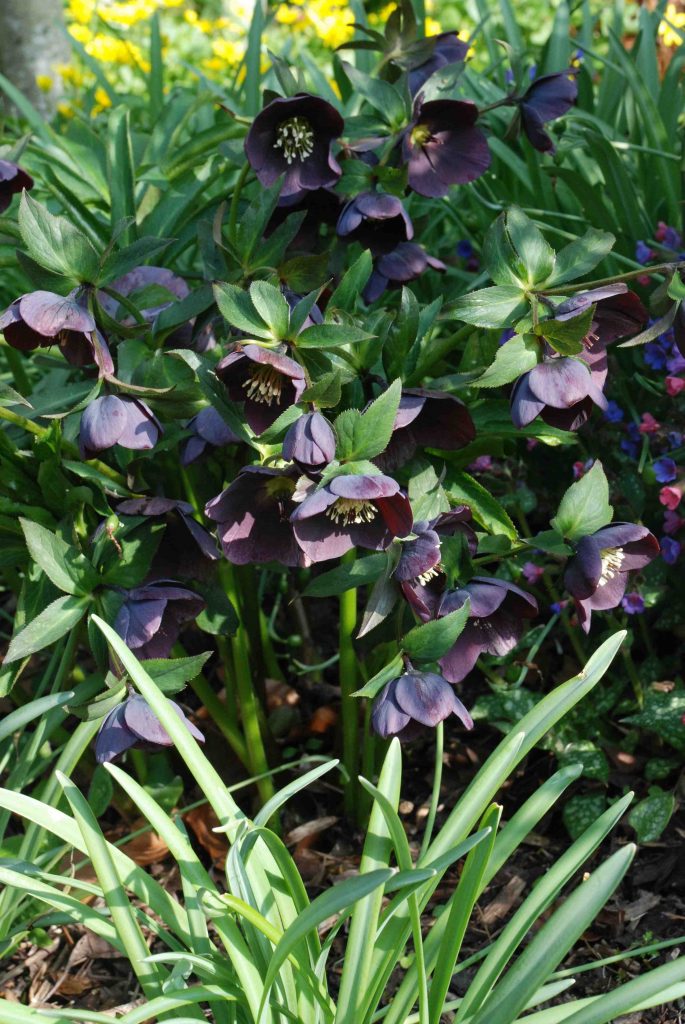
I like to use them with hostas and ferns but you can tuck them under shrubs and trees and underplant with snowdrops and other early bulbs. Their new leaves expand in April, as the flowers fade and these are useful to cover dying bulb leaves so daffodils also make great companions.
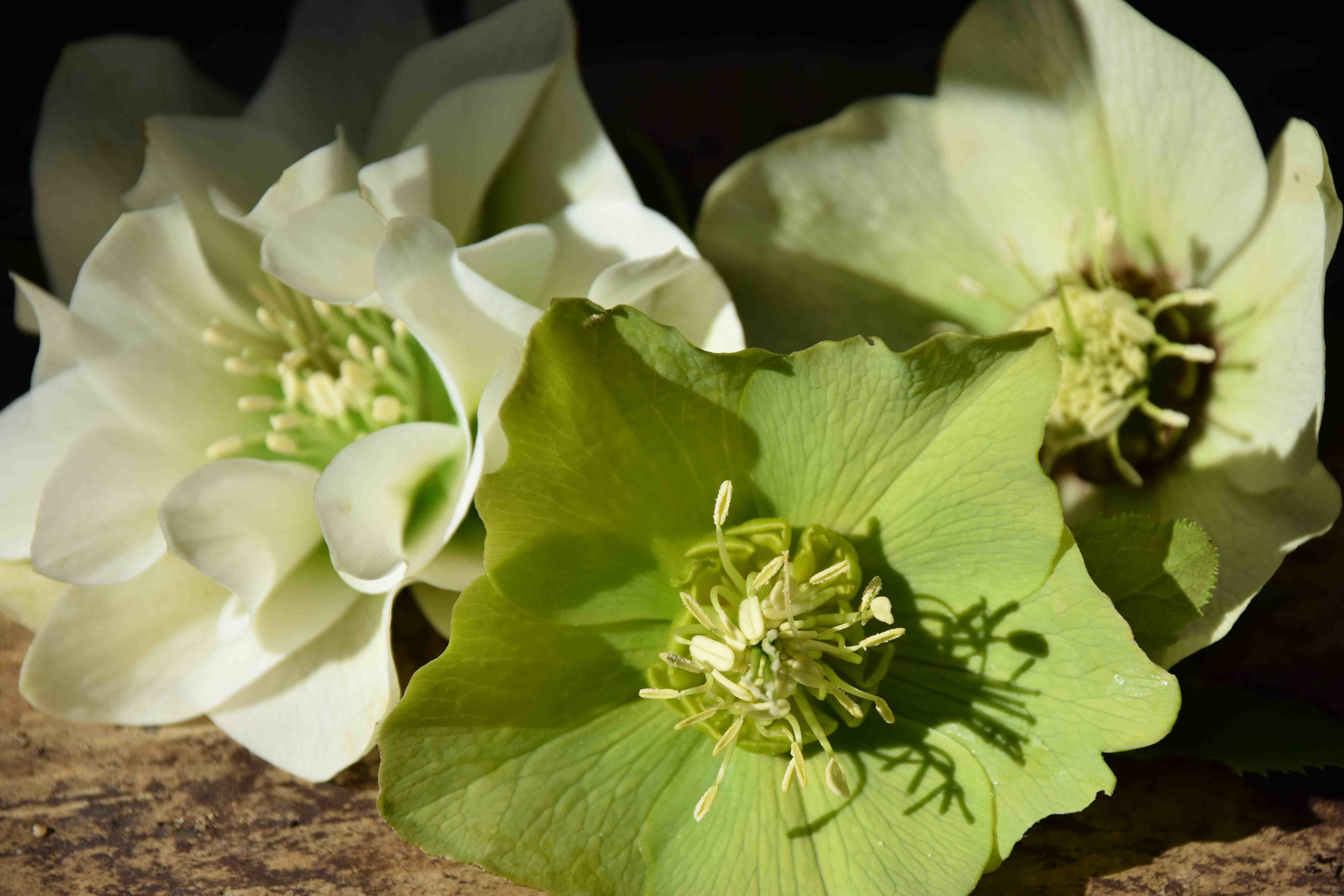
There are few problems that affect hellebores. ‘Black Death’ is the worst but you won’t experience this unless you buy an affected plant – with black streaks and patches on the leaves and stems. You won’t find them at Nag’s Hall!
Greenfly often attack the old flower stems but they do no real harm. Ladybirds often mop up the problem but you should cut off the old flowers anyway.
Mulching with compost in spring will boost growth and you could give a sprinkle of general fertiliser in spring as a treat but hellebores are really no trouble at all.
They also make the perfect gift for a gardening friend – every garden has room for another hellebores!
Blooms in pots
Hellebores are not classic plants for patio pots because they are relatively dull in summer. But they are good for a shady patio. You must use a loam-based compost such as John Innes No 3. Underplant with permanent bulbs such as dwarf daffodils to boost spring colour. I would choose one of the HGC hellebores. These often have marbled foliage that is really attractive in summer. They also bloom for months because they do not set seed. I have some that start to bloom in February and are still looking good in May, which is exceptionally good value.
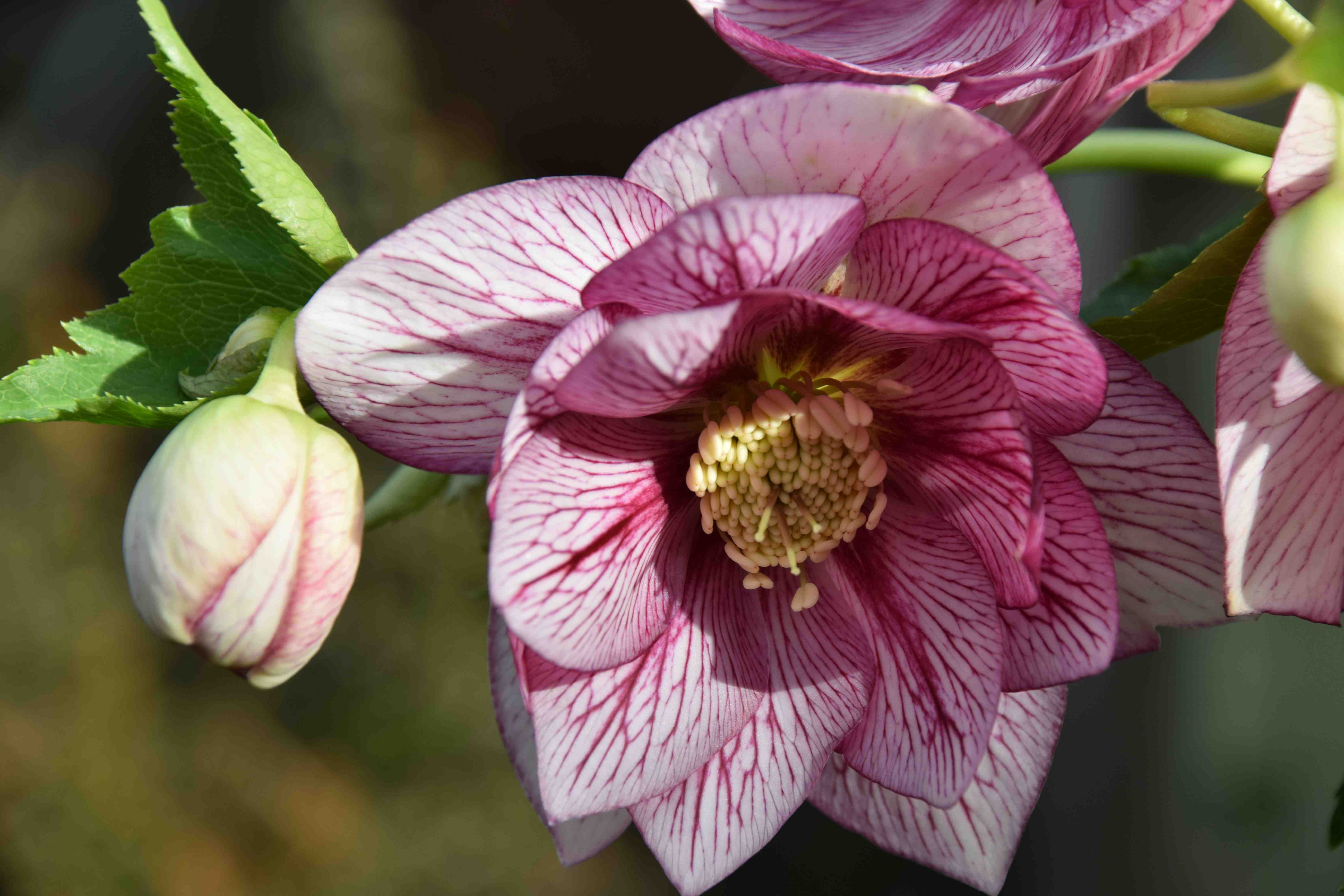
Your questions answered
I would love to meet all of you who read this weekly blog and I will be at Nag’s Hall next weekend on Friday evening and all day on Saturday. I am giving short talks and will be available to answer your garden questions. It would be great to meet you.
Geoff